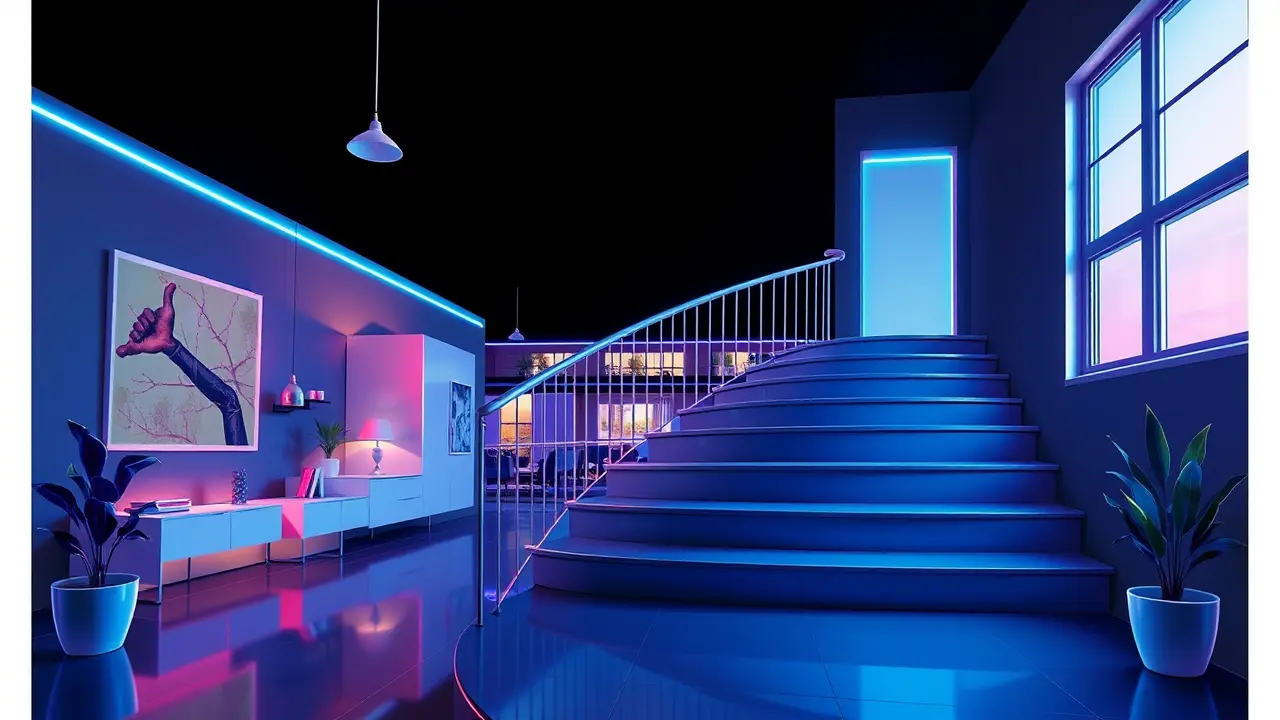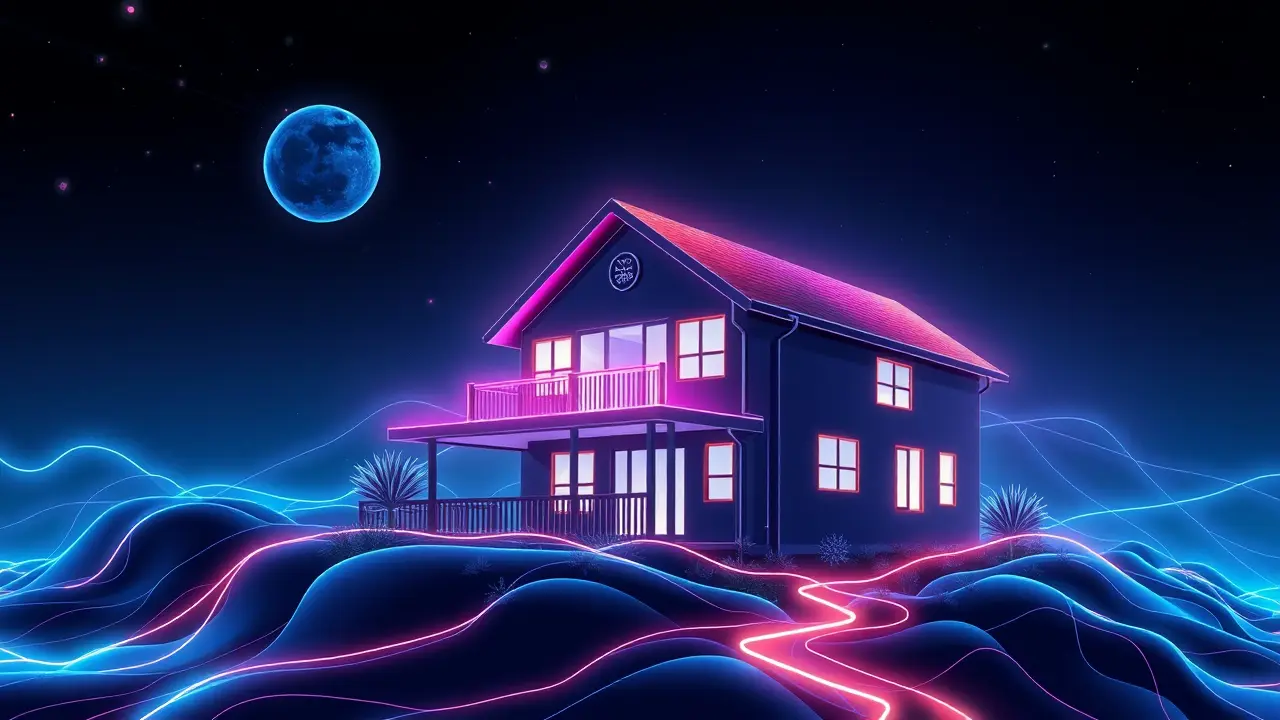
Otherreal estateSustainable Architecture
Modern Homes Integrating Living Trees Indoors
RA
Rachel Adams
3 hours ago7 min read
The burgeoning trend of biophilic design, a philosophy championed by the likes of E. O.Wilson which posits an innate human affinity for the natural world, is being pushed to its most literal and breathtaking conclusion as modern architecture begins to fully embrace the living, breathing tree not as a peripheral feature but as a central, structural tenant of the home. Design Milk’s recent spotlight on ten such residences reveals a quiet revolution in sustainable living, where the line between built environment and organic ecosystem is not just blurred but erased, creating a symbiotic relationship that challenges our very definitions of shelter.This is far more profound than placing a potted fiddle-leaf fig in a corner; we are witnessing the integration of full-scale, mature trees whose trunks rise through custom-cut openings in floors, whose canopies spread beneath vaulted skylights, and whose root systems dictate the very footprint of a building. The engineering marvels required are immense, involving sophisticated humidity control systems to mimic a tree’s natural microclimate, structural accommodations for growth and movement that would make a traditional builder blanch, and a fundamental shift in maintenance from that of a static object to a dynamic, living partner.The implications for well-being, backed by a growing body of research from institutions like the University of Oregon and the Harvard T. H.Chan School of Public Health, are staggering; studies consistently show that such deep immersion in nature can significantly reduce cortisol levels, enhance cognitive function, and foster a profound sense of psychological restoration. Yet, this movement is not without its ecological and ethical complexities.Sourcing a mature tree for indoor use is a delicate operation, raising questions about habitat disruption and the carbon footprint of transplantation, while the long-term health of a tree confined within a controlled environment remains a subject of intense debate among arborists. One could draw a parallel to the ambitious, yet often flawed, Biosphere 2 project of the 1990s, a grand experiment in creating a closed ecological system that taught us invaluable lessons about the unpredictable dynamism of nature when brought indoors.Proponents, however, see this as the next logical step in green building, a move beyond LEED certifications and solar panels towards a truly living architecture that actively contributes to air purification and biodiversity, even if on a micro-scale. As climate anxiety intensifies and urban densification severs our connection to the wild, these homes represent a radical act of reintegration, a defiant gesture that our future need not be one of sterile concrete and steel, but can instead be a deeply personal, daily communion with the ancient, silent wisdom of a growing tree, right in our very living rooms.
#biophilic design
#modern homes
#living trees
#interior design
#architecture
#sustainable living
#featured
Stay Informed. Act Smarter.
Get weekly highlights, major headlines, and expert insights — then put your knowledge to work in our live prediction markets.
Related News
© 2025 Outpoll Service LTD. All rights reserved.









